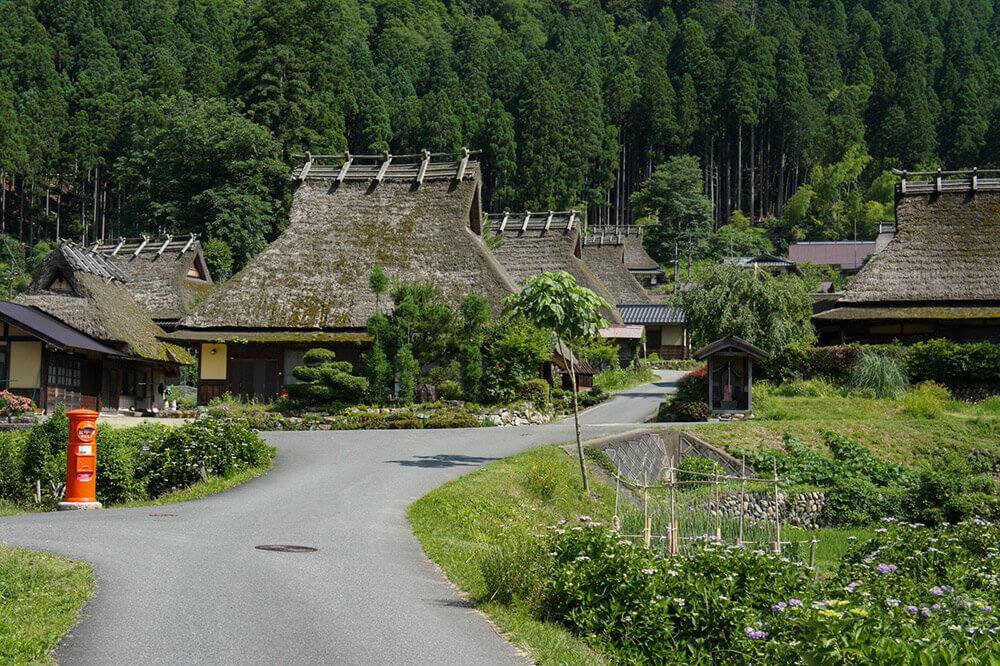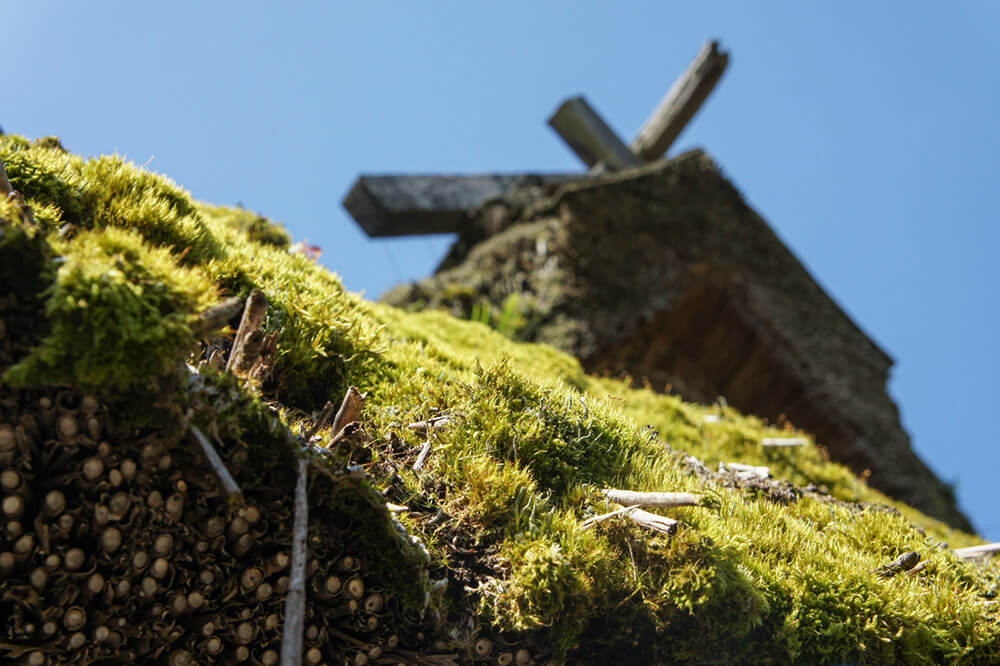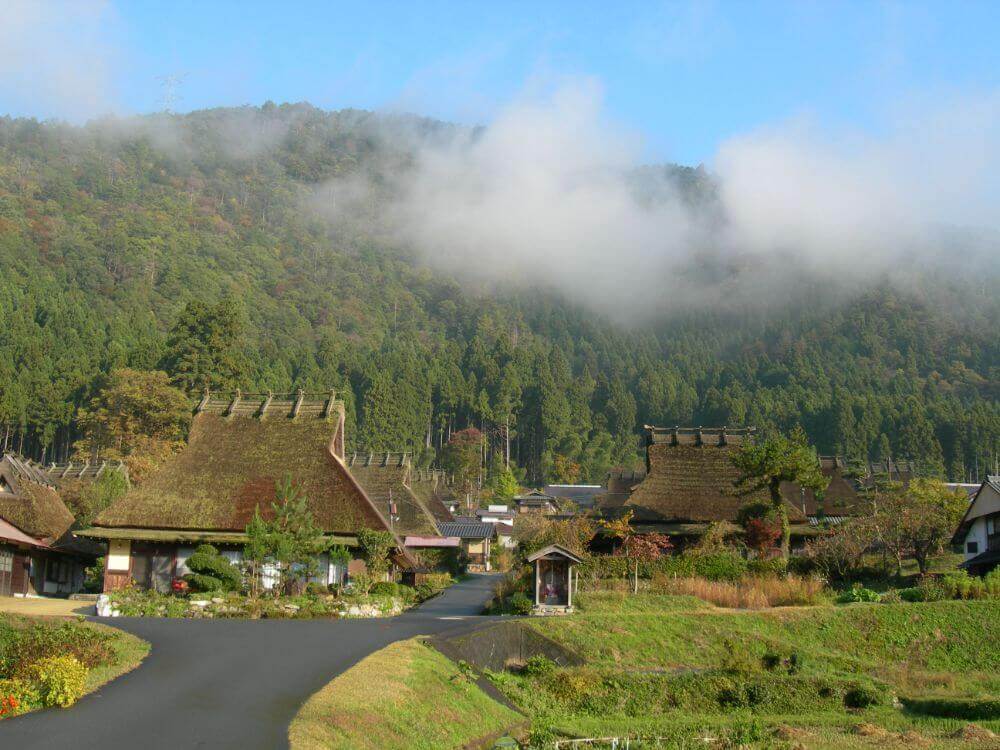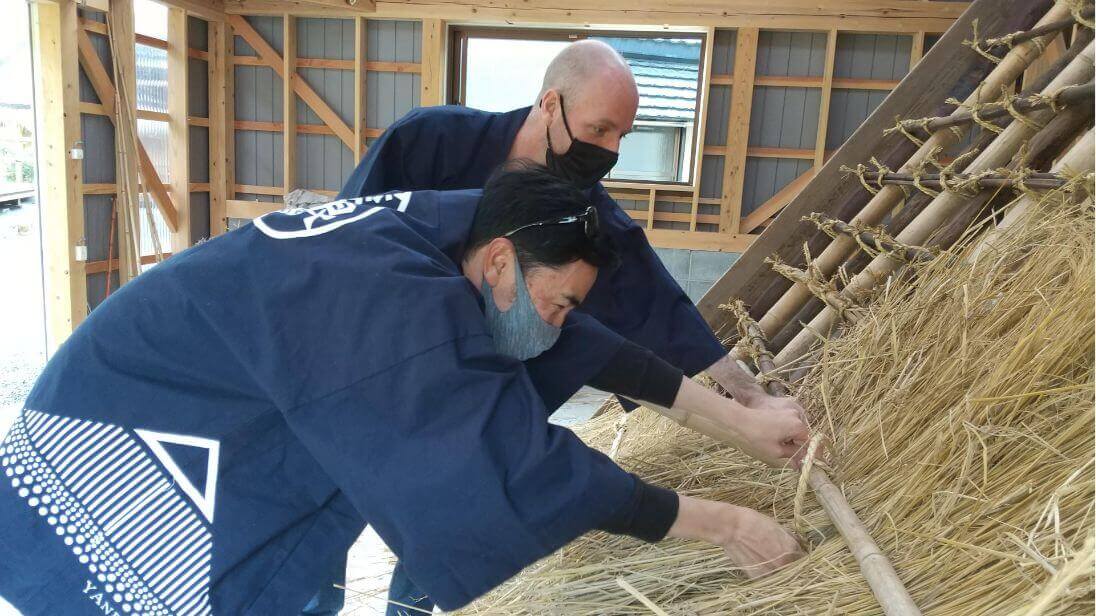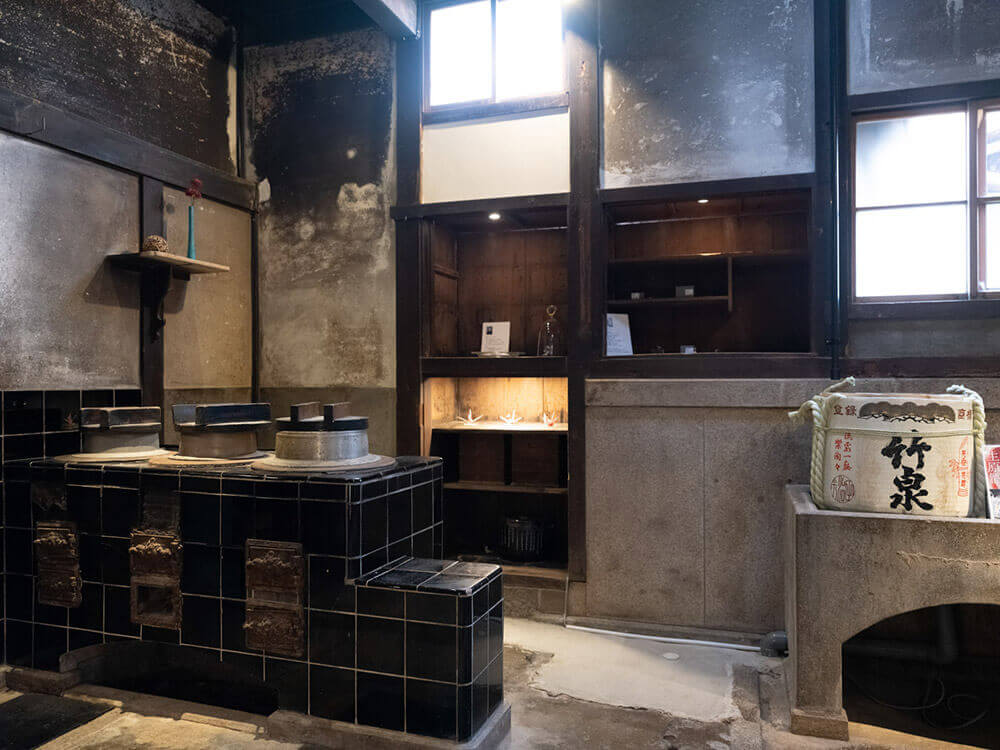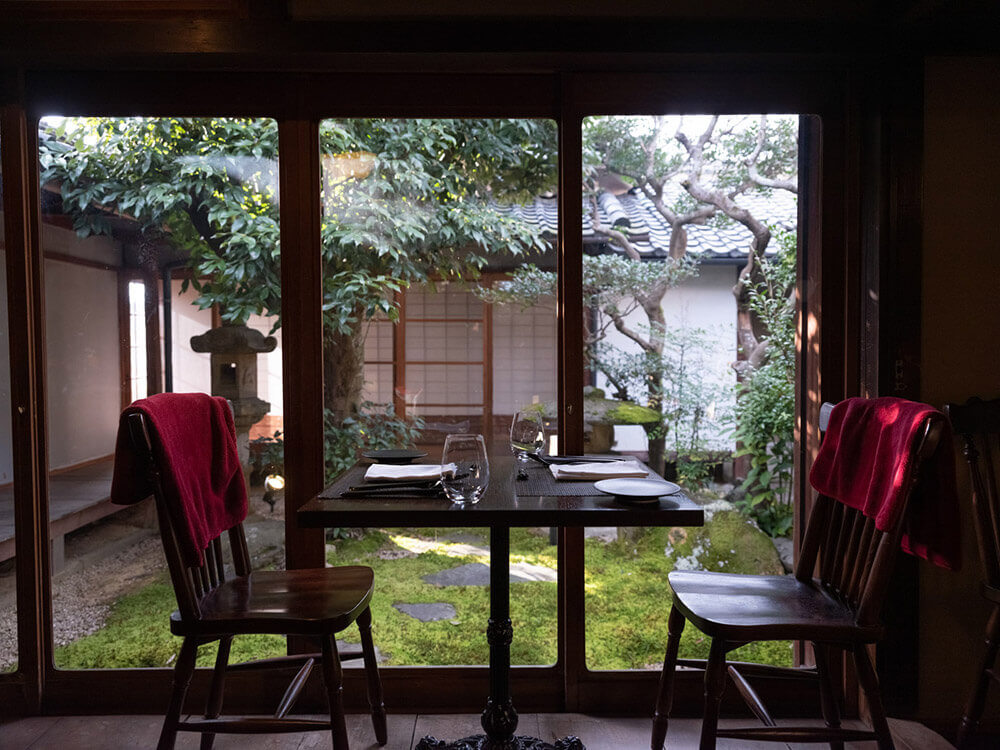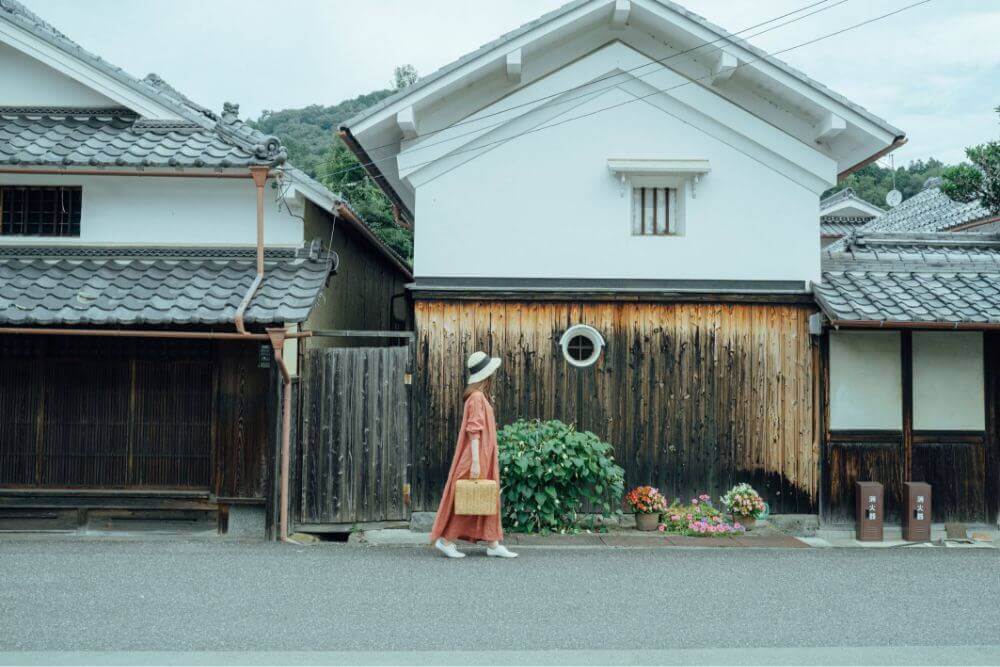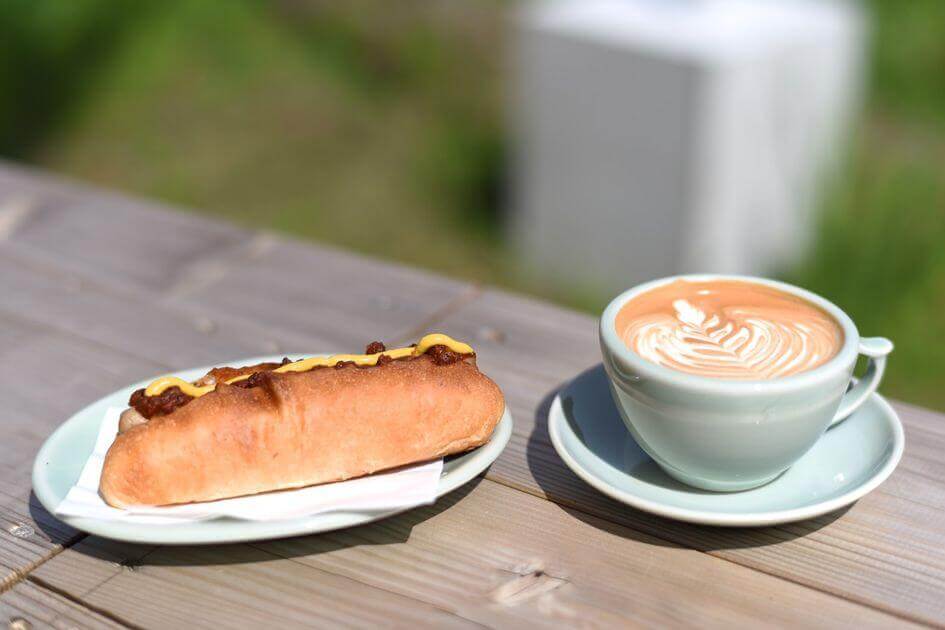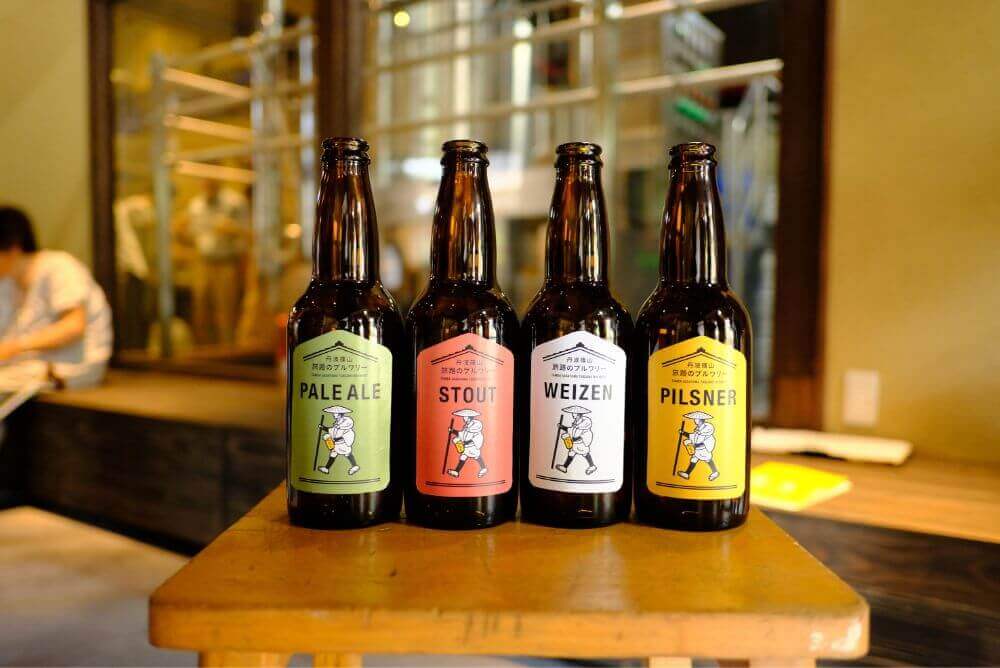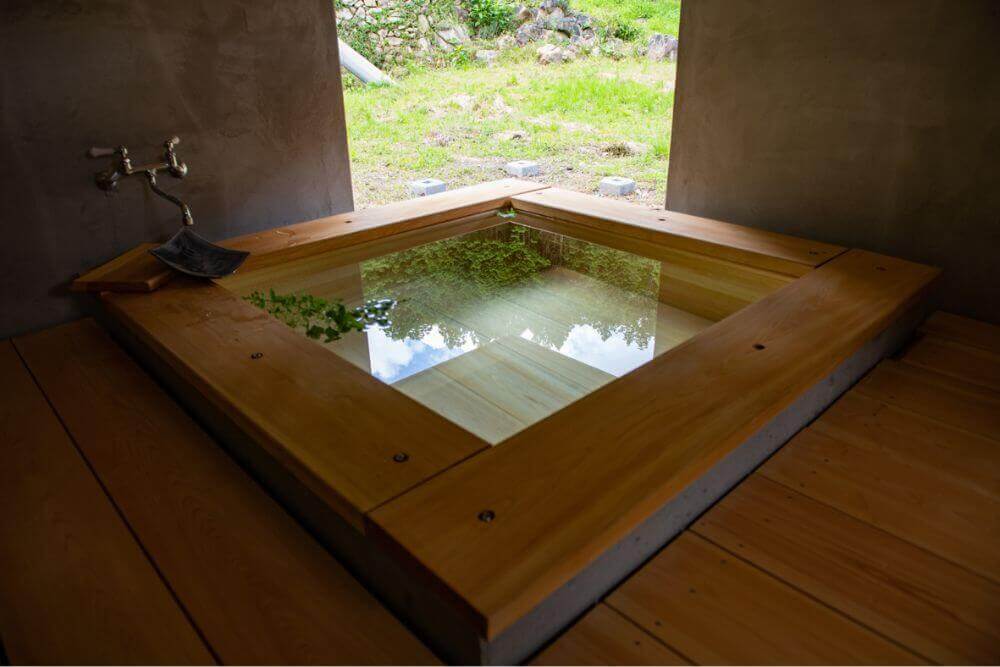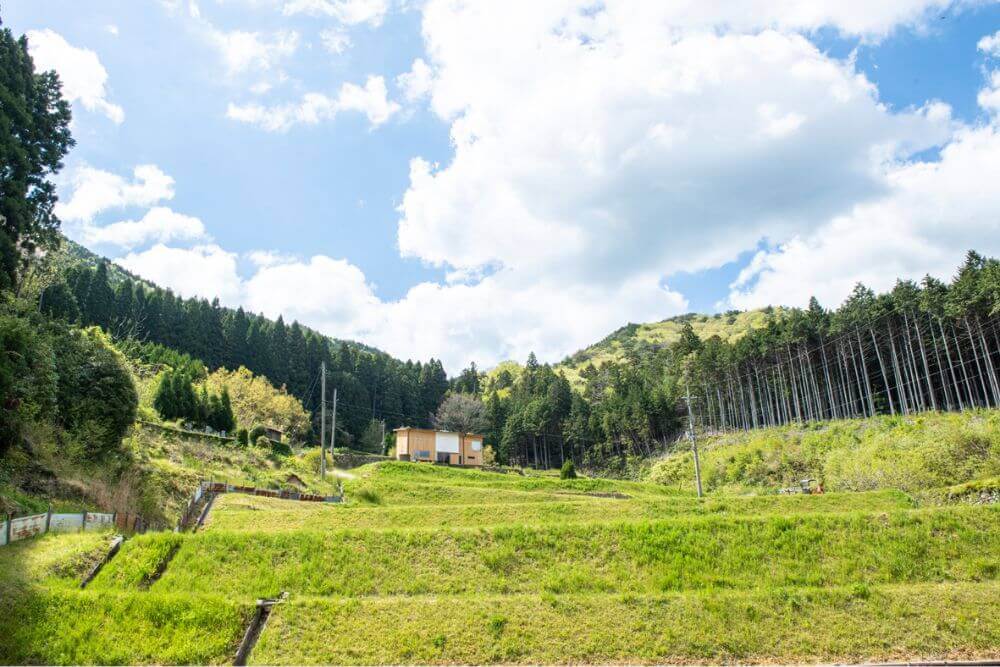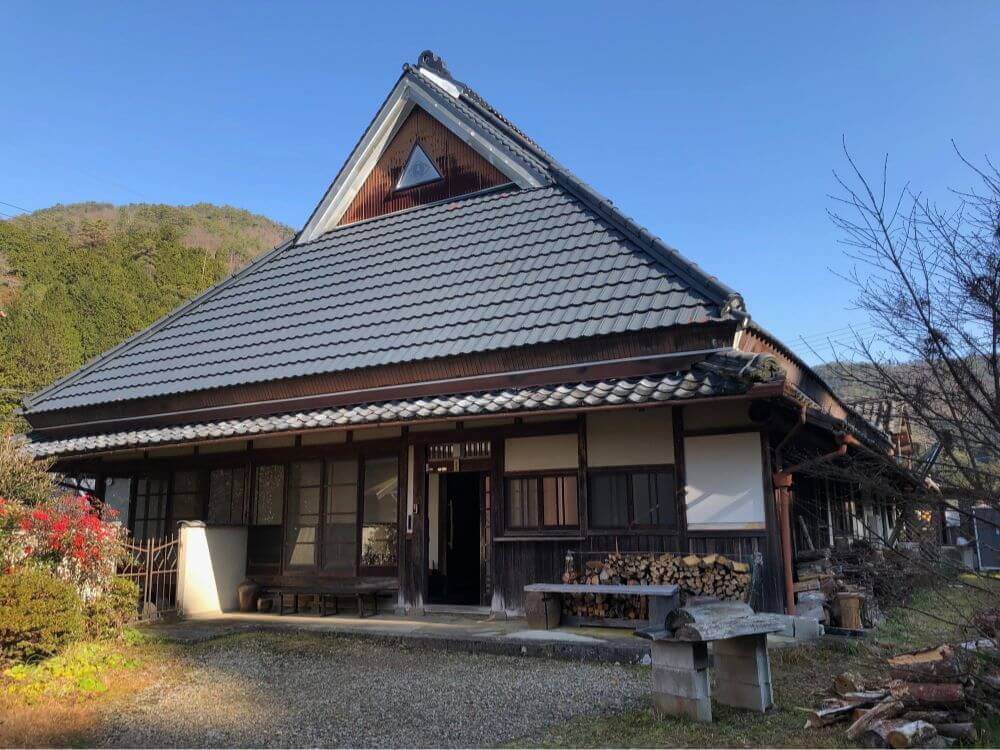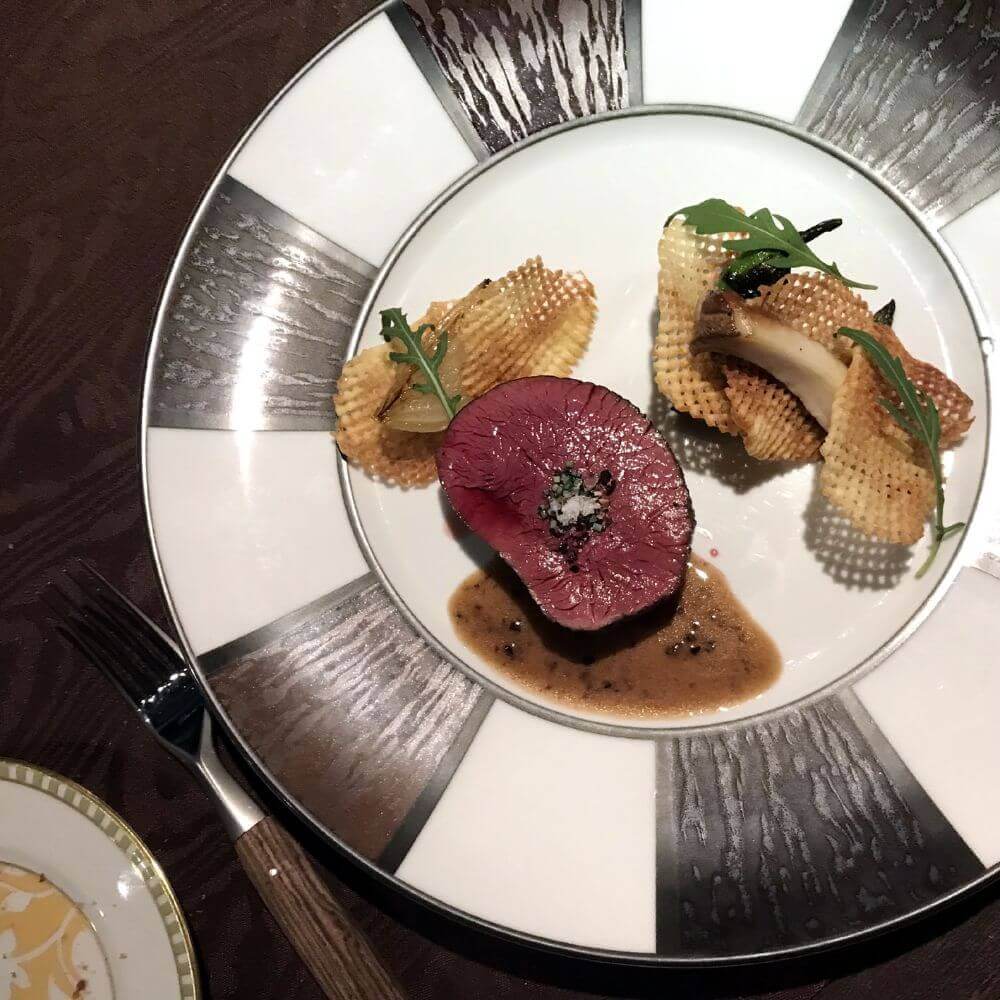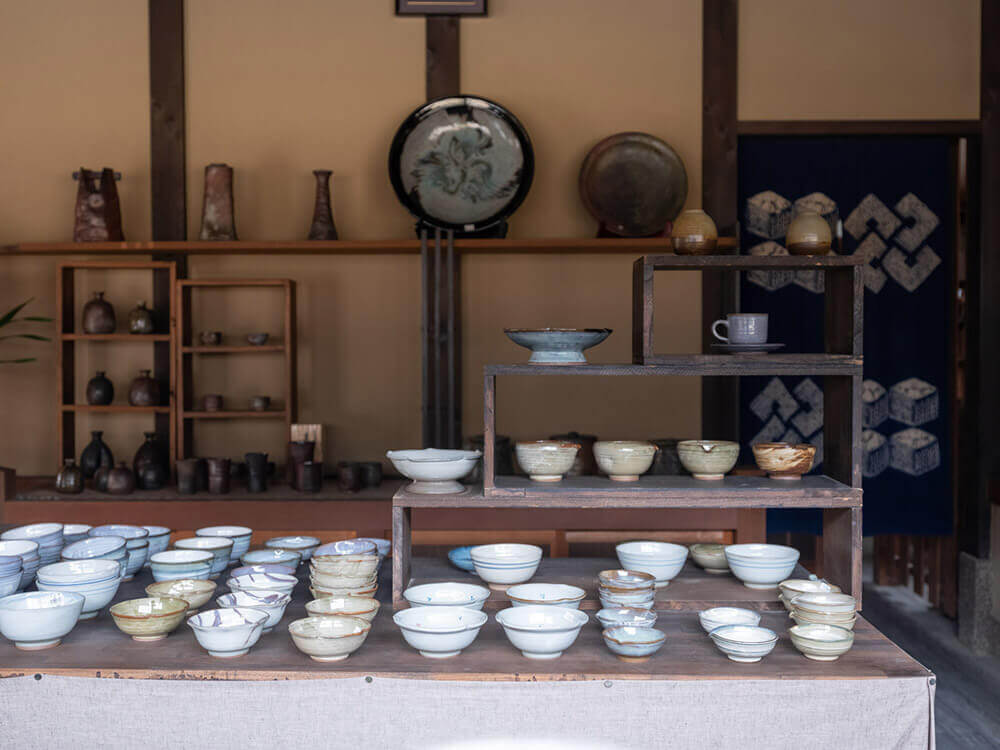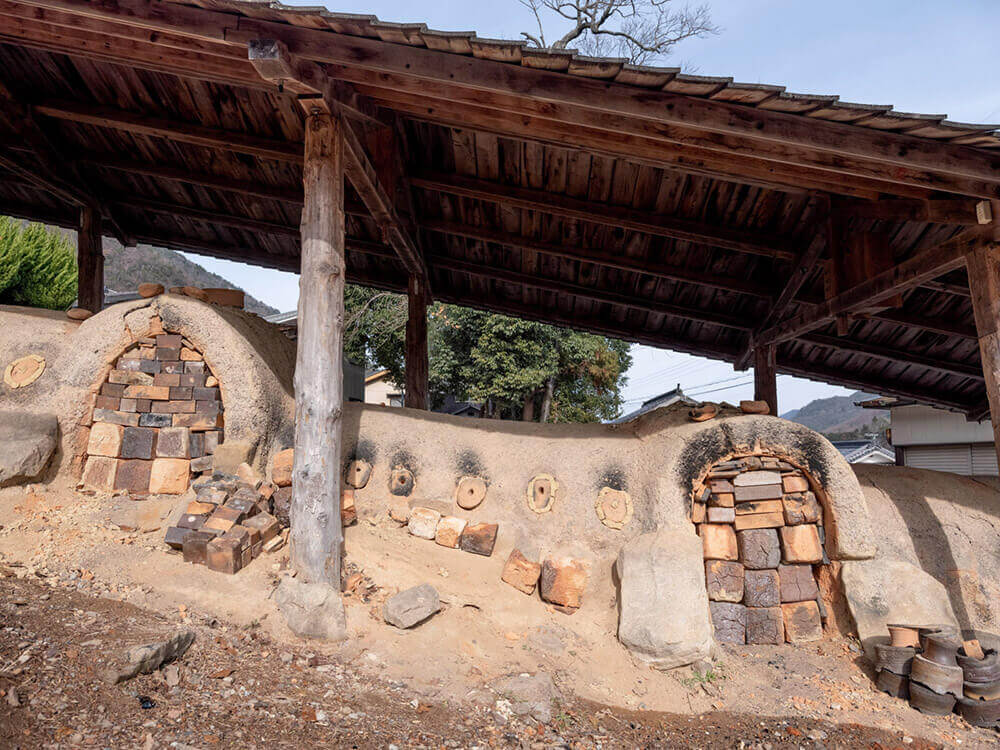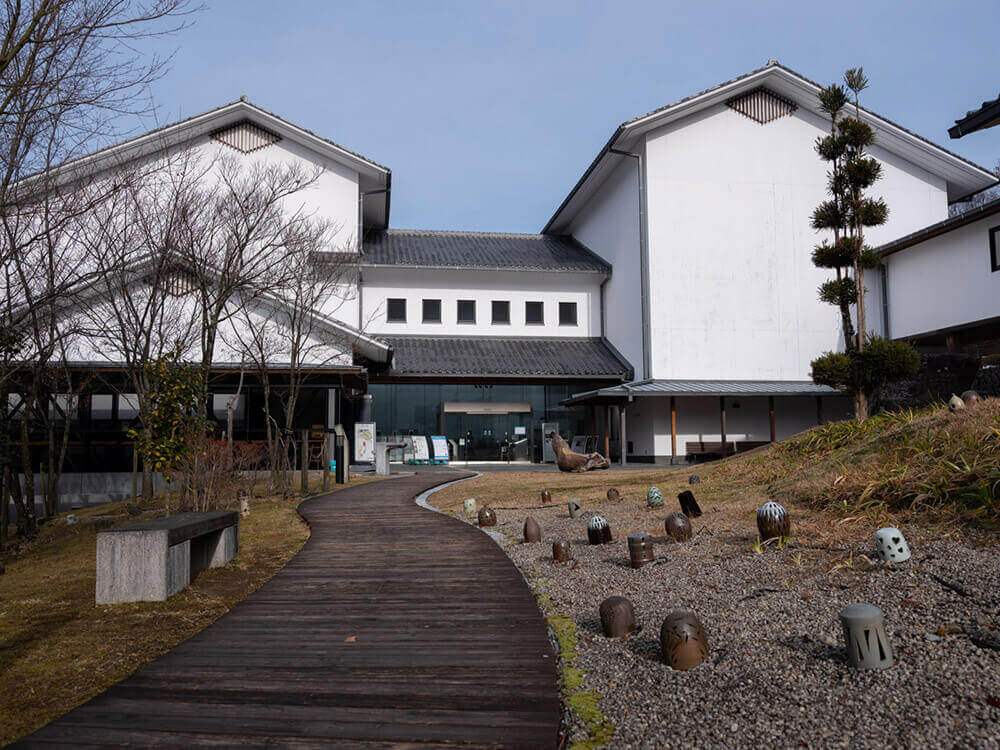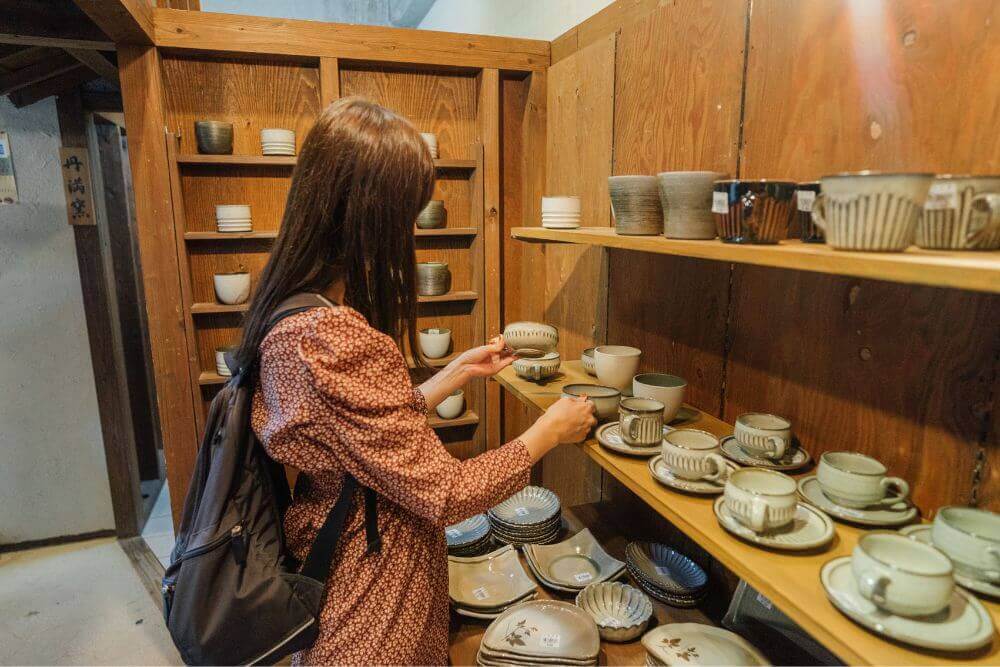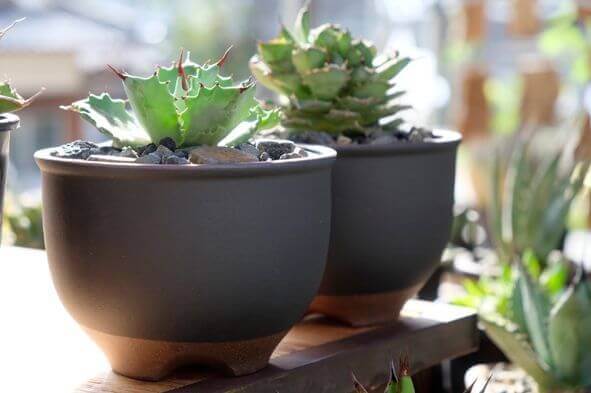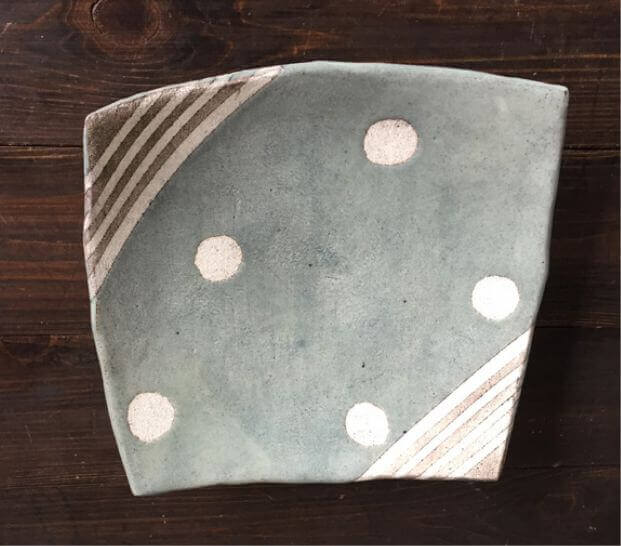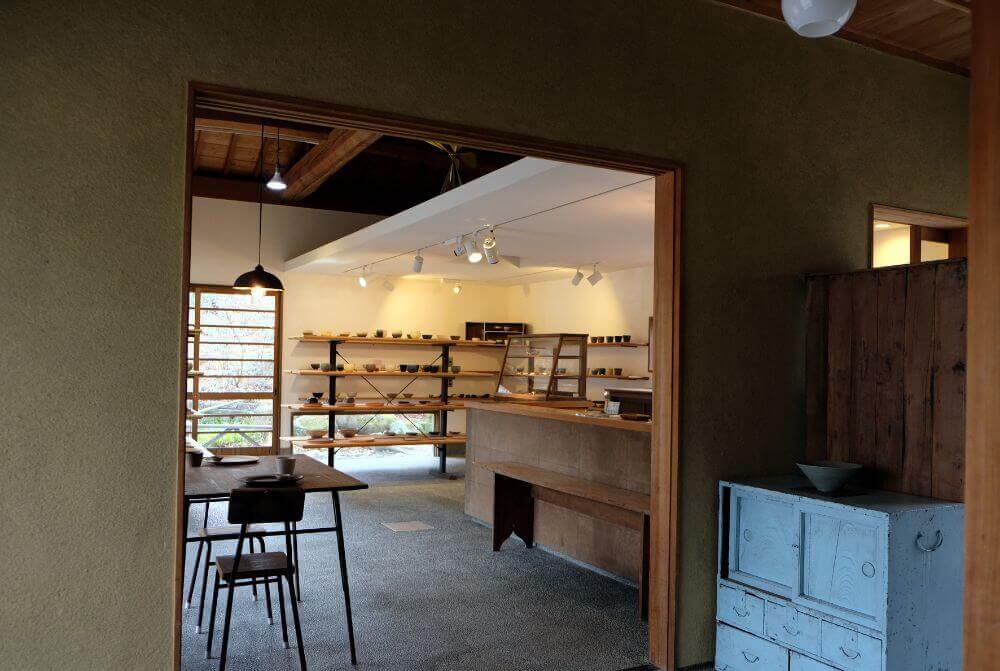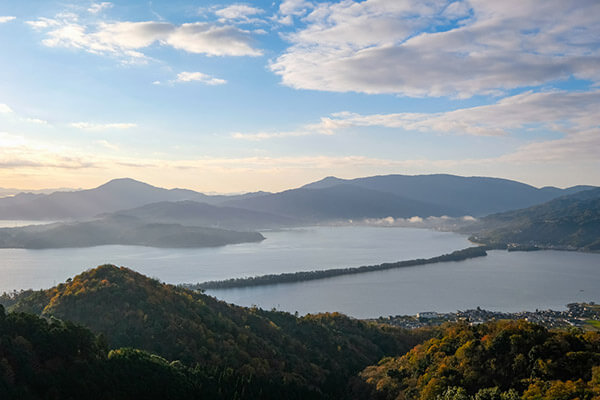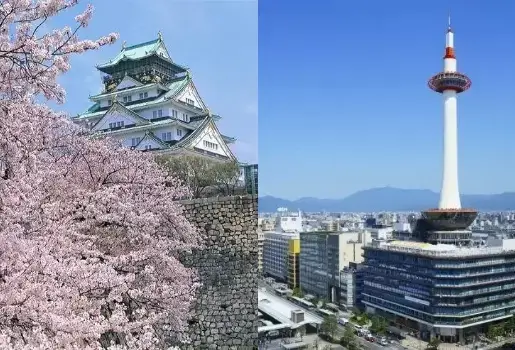TAMBA
The Land of Harvest
Tamba-Sasayama was a major transportation hub. The city developed as a center of exchange. The castle town, nature, and the hometown of pottery offer a glimpse of what Japan was like 400 years ago.
Overview
Satoyama, also known as managed countryside / community forests, is one of Japan's traditional landscapes. Among Japan's satoyama, the Tamba area is particularly noteworthy, as it still produces unique crops and harvests to this day. Renowned as a place of rich harvest, Tamba is located around 30 minutes from central Kyoto by train. For more than a millennium, this mountain-encircled area has been delivering both building timber to the capital Kyoto and agricultural products vital to the diets of its dwellers.
Various highways ran through Tamba and it was a key route for delivering harvested goods to the capital; this brought great prosperity to the area. At Miyama, formerly a waypoint on the highway along which seafood was transported from the Sea of Japan, you can still see thatched-roof houses from some two centuries ago, and experience everyday satoyama life. At Tamba Sasayama, you can catch a glimpse of what Japan would have looked like four centuries ago, including samurai houses, a castle town—still with its castle—as well as local nature and a pottery village from the Edo period.
Tamba-yaki (traditional Japanese pottery) is a renowned style of pottery which began here in the 12th century, making it one of Japan's oldest pottery styles. As of today, there are some 60 kilns working in the pottery village that nestles in the mountain foothills. Here you can enjoy a very special experience: a visit to the studio of a local potter, where you can view pottery pieces and talk to the artist.
Recommended Spots
-
A village lined with traditional thatched-roof houses, Miyama is designated a nationally significant Important Preservation Districts for Groups of Traditional Buildings. The idyllic satoyama landscape, when glimpsed from the surrounding hills, seems like something out of a folktale. The village is beautiful in every season, thanks to the cherry blossoms of spring , the lush green of summer, the changing foliage of fall, and winter’s snow. Take a stroll through the village with your camera and you’re sure to come across many photogenic scenes.Audio Guide
-
 Kurotani Washi is a said to be Japan’s strongest paper, passed down through an 800-year-old tradition. Produced mainly by hand, craftsmen carefully create each piece of paper. At Kurotani Washi Kaikan, you can purchase authentic Japanese paper products, experience papermaking (bookings required), and view the workshop and archive.
Kurotani Washi is a said to be Japan’s strongest paper, passed down through an 800-year-old tradition. Produced mainly by hand, craftsmen carefully create each piece of paper. At Kurotani Washi Kaikan, you can purchase authentic Japanese paper products, experience papermaking (bookings required), and view the workshop and archive. -
Inakaya Sorashido is a Japanese farmhouse that has stood for over 100 years. You can experience cooking with a traditional kamado stove and hibachi (charcoal brazier), once commonly used in daily life. In the surrounding fields, delicious rice and vegetables are grown through natural no-till farming and without pesticides. Enjoy the homely and authentic Japanese country life experience.
-
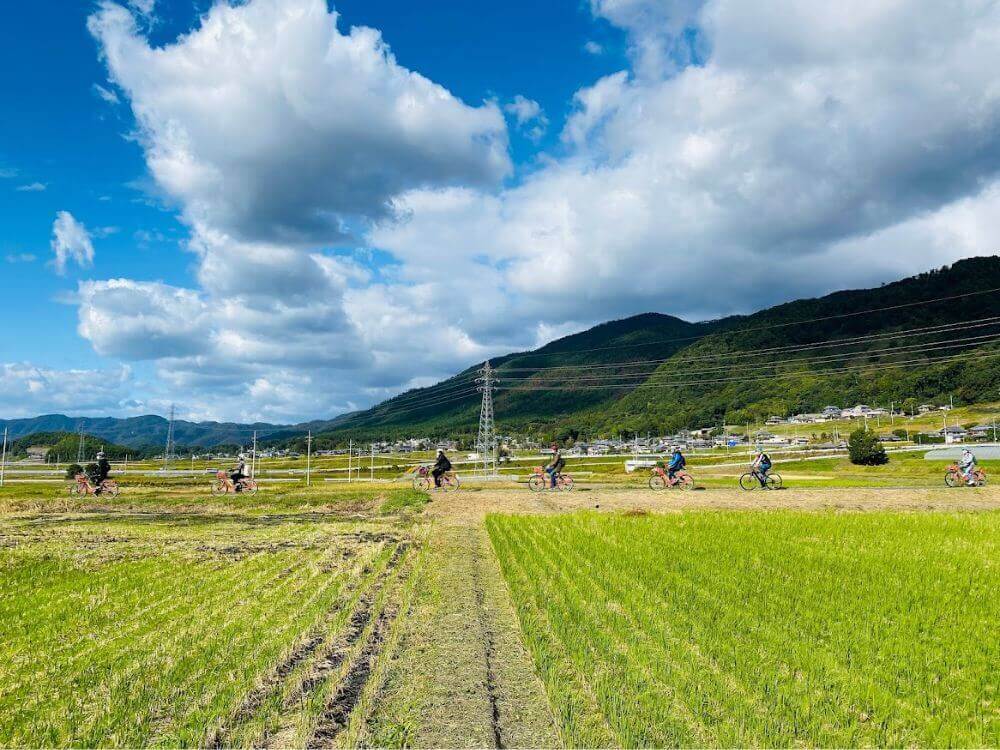 Kameoka, around 30 minutes from Kyoto Station by train, is a rural town in a wide basin encircled by mountains. Running near the town is a river that flows to Kyoto. Its abundant waters have enabled Kaemoka to be a leading producer of vegetables and cause dense fog to enshroud the town in autumn. Cycling in this rural landscape alongside the mountains and river will give you a sense of how agriculture is embedded in local life.
Kameoka, around 30 minutes from Kyoto Station by train, is a rural town in a wide basin encircled by mountains. Running near the town is a river that flows to Kyoto. Its abundant waters have enabled Kaemoka to be a leading producer of vegetables and cause dense fog to enshroud the town in autumn. Cycling in this rural landscape alongside the mountains and river will give you a sense of how agriculture is embedded in local life. -
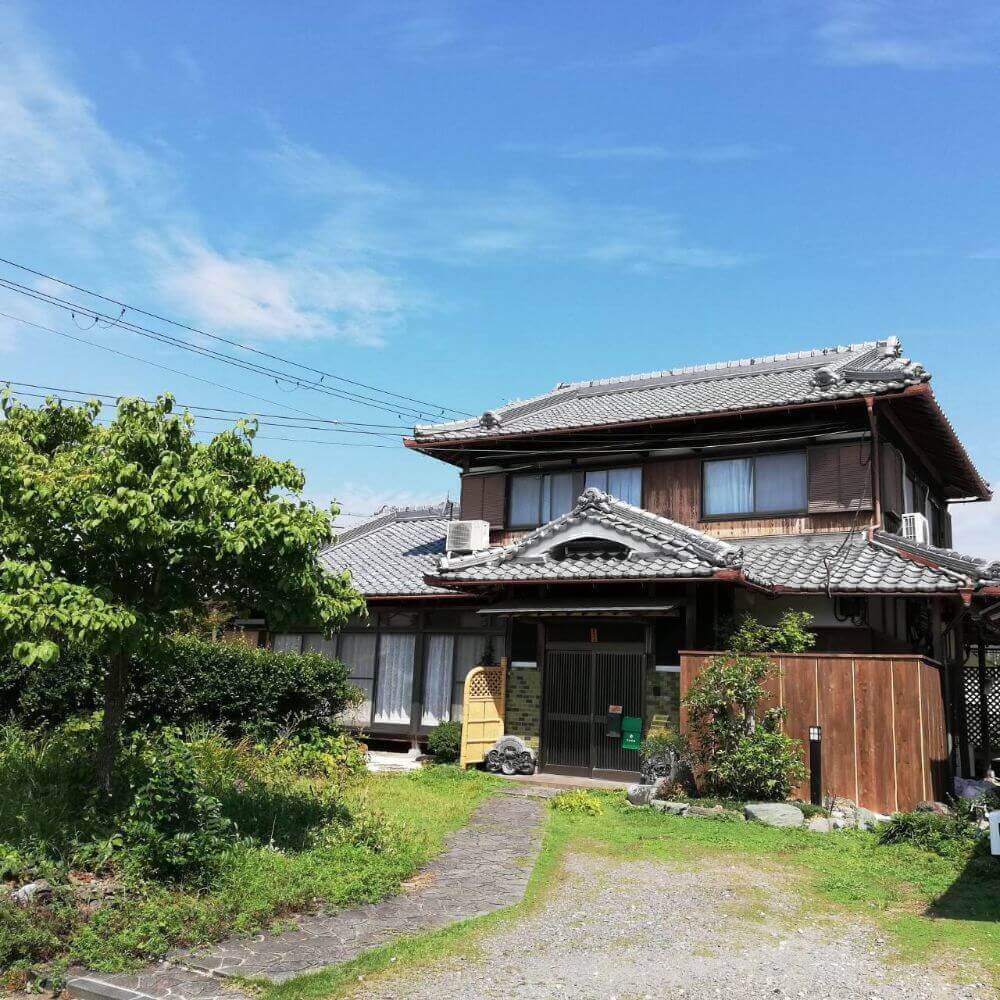 <Farmhouse NaNa> A farmhouse lodging set in an authentic Japanese house nestled in a satoyama village. Guests are limited to just one group per day. The main house aside, the site has a warehouse and a barn, enabling guests to get a sense of what life was like in Japan in times gone by. The guest rooms overlook a beautiful Japanese garden. Time your visit right and you can experience harvesting vegetables from the farmhouse garden. If in season, you can also try freshly-picked "Kyo-yasai", or Kyoto heirloom vegetables. Year-round you can enjoy making rice balls with rice cooked on a traditional wood-fired "kamado" stove, or try making stone-baked honey pizza.
<Farmhouse NaNa> A farmhouse lodging set in an authentic Japanese house nestled in a satoyama village. Guests are limited to just one group per day. The main house aside, the site has a warehouse and a barn, enabling guests to get a sense of what life was like in Japan in times gone by. The guest rooms overlook a beautiful Japanese garden. Time your visit right and you can experience harvesting vegetables from the farmhouse garden. If in season, you can also try freshly-picked "Kyo-yasai", or Kyoto heirloom vegetables. Year-round you can enjoy making rice balls with rice cooked on a traditional wood-fired "kamado" stove, or try making stone-baked honey pizza. -
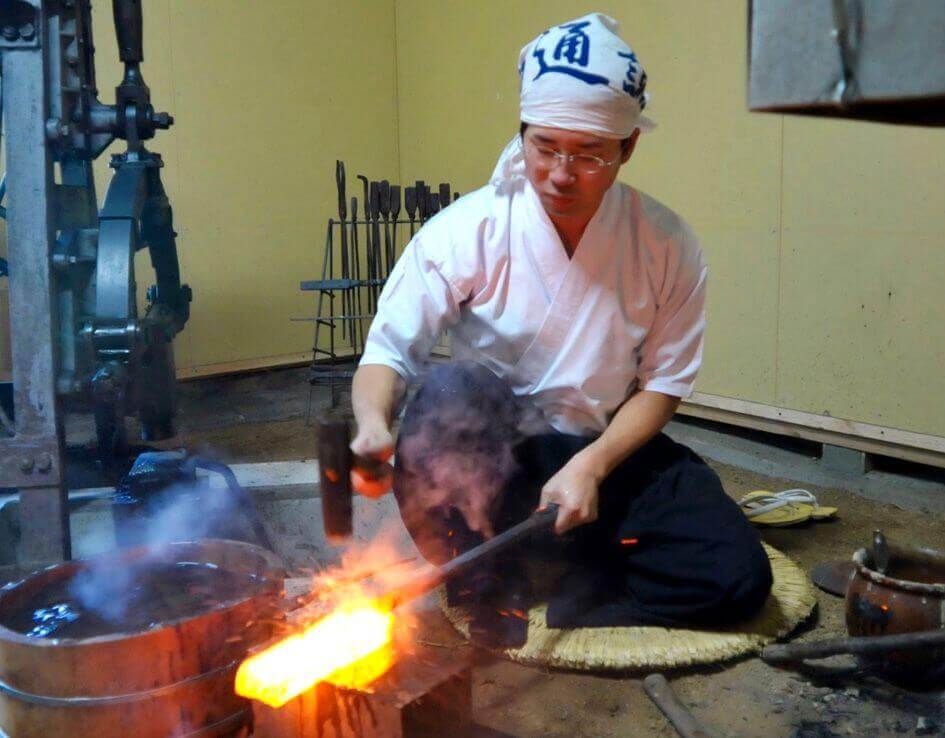 Run by one of the few active swordsmiths even in Kyoto, a city of such tradition and history. The forge offers a small blade forging experience, designed to enable visitors to understand the allure of swords. Visitors will make their own knife with a blade length of around 10cm in 3-4 hours. These knives are made from the same material used for Japanese swords: “tamahagane”, made from iron sand. As such, the more you polish the blade, the more defined its “hamon” edge pattern may become. Challenge yourself to create your very own, one-of-a-kind knife.
Run by one of the few active swordsmiths even in Kyoto, a city of such tradition and history. The forge offers a small blade forging experience, designed to enable visitors to understand the allure of swords. Visitors will make their own knife with a blade length of around 10cm in 3-4 hours. These knives are made from the same material used for Japanese swords: “tamahagane”, made from iron sand. As such, the more you polish the blade, the more defined its “hamon” edge pattern may become. Challenge yourself to create your very own, one-of-a-kind knife. -
Tamba Sasayama is surrounded by nature and has a rich food culture. In conjunction with NIPPONIA, a company dedicated to preserving Japanese landscapes, the town is developing old warehouses and mansions into hotels, where visitors can experience the life and culture of the area, and the changing of the seasons.Audio Guide
-
Fukusumi is a post town situated on the route to Kyoto from Sasayama Castle. Since ancient times, it has been a key stop on the San'in Road: during the Edo period, it was called the "Kyokaido", or "road to Kyoto". Today, the town is designated an Important Preservation District for Groups of Traditional Buildings. The streets, still lined with "hatago" inns and merchant houses, offer a glimpse into how it would have looked back then. It is also home to several shrines, including Maruyama Inari and Sumiyoshi Shrine. The rustic feel of the town makes it perfect for a stroll.
-
<NIPPONIA Shitsukawa Sky Farm> A guest house standing at the top of a terraced rice field, in a spot formerly held by a traditional thatched-roof house. This space offers a blend of old-time living and comfort. It is the perfect place to spend some quiet and private time, surrounded by nature. Guests are supplied with locally-produced breakfast ingredients, to be prepared following recipes supplied by a chef from a high-end Kyoto restaurant. The rice—the first crop of the season, harvested from the terraced rice fields and prepared in a clay pot—is impressively delicious. Shitsukawa has its own local variety of green tea, and guests can try tasting fresh tea leaves during the harvesting season.
-
<Maruyama Village> Previously unused old homes in this village have been refurbished into guest houses, around which are dotted traditional-style village homes. Here you can stroll through a village surrounded by unspoiled nature, while getting a sense of how carefree life might have been in the Japan of old. You can also make use of the rental bicycles available. Try your hand at making toys from wood or bamboo or at wood-chopping, and, if you come in the right season, at harvesting black beans and watching fireflies. The village has a French restaurant and a soba restaurant.
-
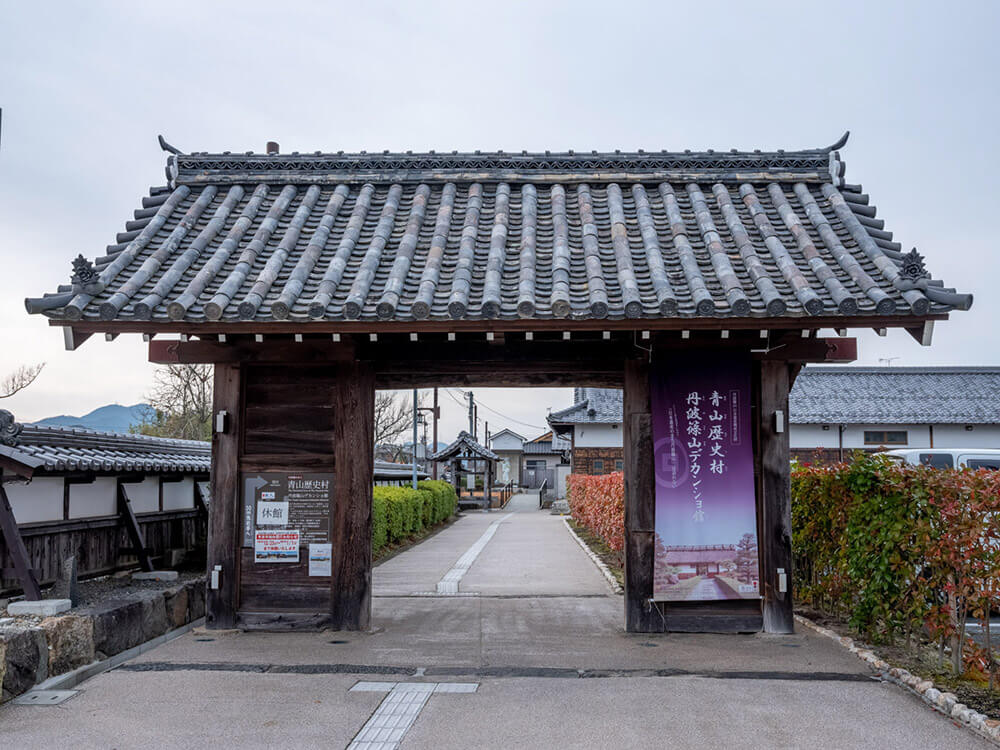 The Dekansho Matsuri is Tamba Sasayama's lively summer Bon Festival dance. The lyrics of Dekansho Bushi, describe the history and culture, regional climate, famous places, and specialties of Sasayama, and was Japan Heritage listed in 2015.Audio Guide
The Dekansho Matsuri is Tamba Sasayama's lively summer Bon Festival dance. The lyrics of Dekansho Bushi, describe the history and culture, regional climate, famous places, and specialties of Sasayama, and was Japan Heritage listed in 2015.Audio Guide -
The village of Konda has a history of making Tamba-yaki for more than 800 years, and is home to one of Japan’s so-called Six Most Ancient Kilns. Today, there are some 60 pottery studios in the village, out of which a diverse range of Tamba-yaki, both traditional and modern, is being produced. Go for a wander around the studios in search of a bowl or plate that catches your eye. You can also enjoy pottery experiences at either the Museum of Ceramic Art or Tamba Traditional Craft Park “Sue No Sato”. You should also take a leisurely stroll around the town: historic old temples and hot springs are to be found among the abundant nature.Audio Guide
